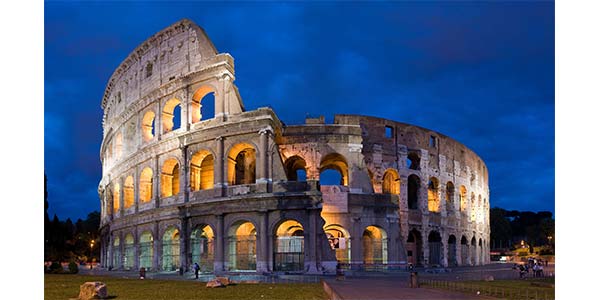
Cultural heritage management is about striking a balance between developing the tourism industry, generate revenue while still conserving the physical integrity of sites, promoting and celebrating their educational, historic and cultural values.
According to Unesco, heritage is our legacy and cultural identity that we pass on to the next generation. Tangible features, such as monuments, groups of building, and both historic and natural sites, are considered as part of our heritage by Unesco. However intangible features, such as oral traditions, folk music and dances also make up our cultural heritage.
Most of these sites are now attractions for international travelers and are fully integrated into the tourism industry. There are many definitions of cultural tourism, however they share the following elements: experiencing first-hand a built heritage or a living culture.
Cultural heritage management is about striking a balance between developing the tourism industry, generate revenue while still conserving the physical integrity of sites, promoting as well as celebrating their educational, historic and cultural values.
Are interested in starting a career in this field? Are looking for a way to acquire the necessary skills and expertise to work as a Cultural Heritage Manager?
Sustainable tourism and environmental protection
Sustainable tourism’s purpose is to manage tourism and tourism growth in a responsible way, i.e. not causing environmental damage, climate change, pollution, loss of ecosystems, and keeping the consumption of resources at unsustainable levels.
Working with local communities
Empower local communities and have them involved as a key stakeholder, is often regarded, by the UNESCO for instance, as a way that can yield concrete results. Receiving inputs and feedback from the people living around touristic sites about ongoing or future projects, is a way to empower the local population. The idea is to creating opportunities for local businesses by finding ways, when possible, to reconcile their particular needs and the destination’s long-term sustainable development.
Some sustainable tourism initiative support and reward businesses who sell products and services sustainable and respectful of the environment, through grants and loans with low interest rates. The locals such as shop owners, hotel staff, taxi drivers, can introduce the tourists to the destination’s cultural value and natural heritage.
Educating and empowering the visitors
To influence the visitors’ behavior in a positive way, cultural heritage manager can build the visitors experience around education.
Often perceived as a threat to the preservation of cultural and natural sites, the tourists’ presence can be put to use for protecting a site. A great example of this is the “Eyes on the reef program” which has been existing since 1997. This monitoring program has been striving for the preservation of the great barrier reef off the coast of Australia. It not only raises awareness of the reef’s wildlife protection, but also empowers tourists to collect and report information about the reef’s health. The program even has its own smartphone app which allows anyone to take pictures and share their sightings with the Great Barrier Reef Marine Park Authority.
Visitor management
Visitor management ensures that guests of the destination – now and in the future – can experience unspoiled and well-thought through attractions at well-preserved heritage sites.
Being aware of how many people can an attraction welcome without risking physical damage is paramount. Visitor management in this case means managing visitor flow, or even limiting access to the site to a certain number of people at a given time. Some site facing serious threats of deterioration found ways for the public to enjoy the site differently. The Lascaux cave in France, for instance had to close to the public in 1963, only 23 years after its discovery. C02 produced by the people visiting used to damage the paintings. As a result, true-to-nature replicas were crafted to allow the public to enjoy the cave’s painting, while preserving the original ones.
Cultural heritage marketing
Some cities or areas heavily rely on their historic sites and/or museums to promote their tourism industry, Roma, Florence and Pompei in Italy are good examples. For most of the world’s destination, heritage remains a key aspect of what they have to offer to tourists, and as such is seen as a competitive advantage. This is especially true for places included on UNESCO’s World Heritage List.
Place branding
Place branding consists in marketing an area as a whole: a city, a region, a country even. These branding campaigns are often supported and funded by states, local governments through tourism organizations. They aim at painting a positive picture of a place and takes PR efforts. In this context appealing taglines are tool often used, for instance: “Taiwan the heart of Asia”, “Japan Endless Discovery”, “Peru, Empire of hidden treasures”, etc.
Individual attraction branding
Historic site, such as a museum, can run their own marketing campaigns. The fact that they play a role in the cultural life of their community, is often used as a compelling argument providing a competitive edge. Most institutions tend to have a small budget. Word-of-mouth is an inexpensive and efficient tool and giving a positive image is essential, through educational programs for instance, as studies have shown that 50% of visitors are hear about museums and other sites through friends and relatives. The internet and social media make it possible to target and reach a wide audience for a relatively cheap price.


 Download application form
Download application form